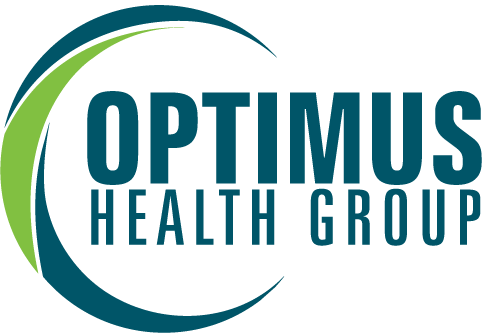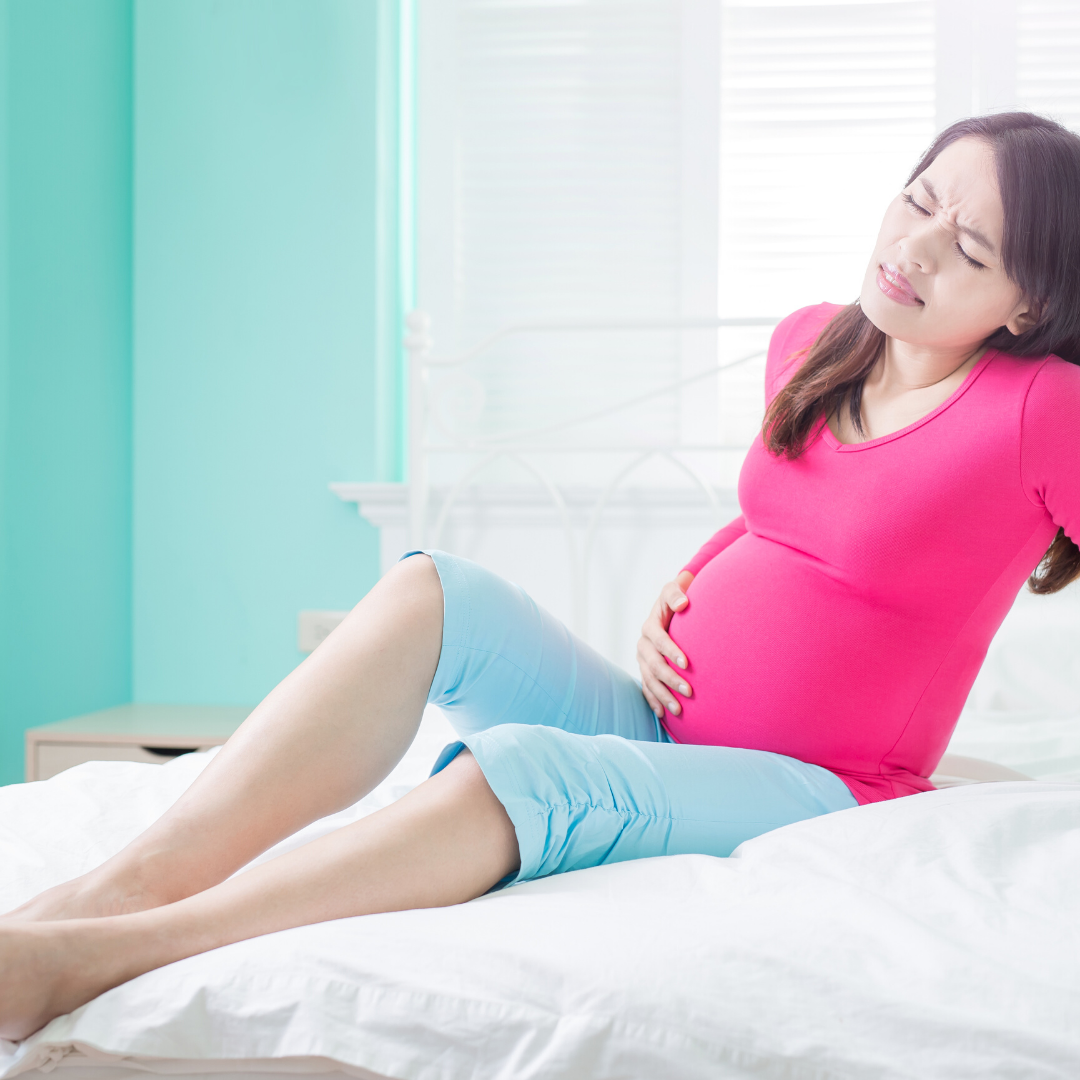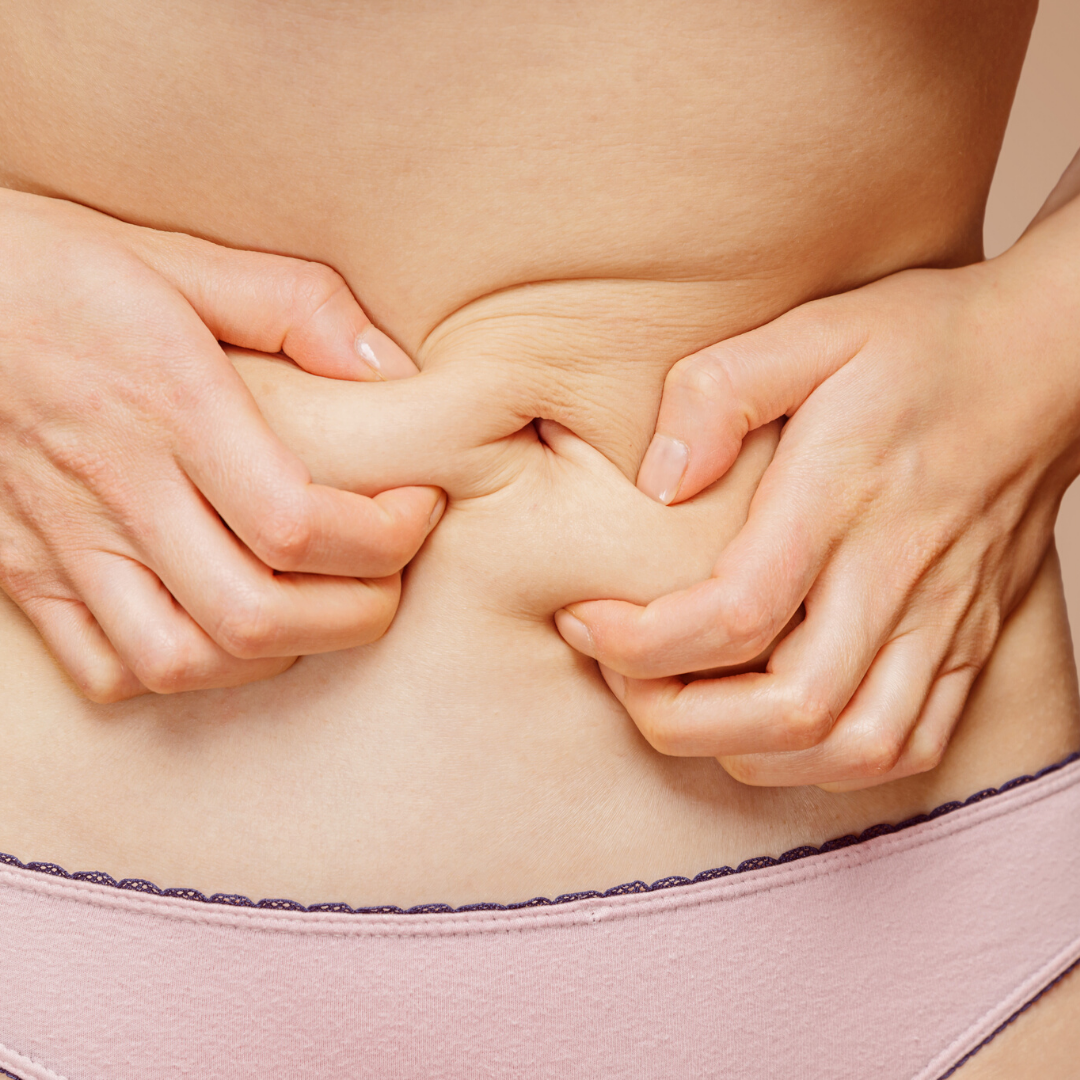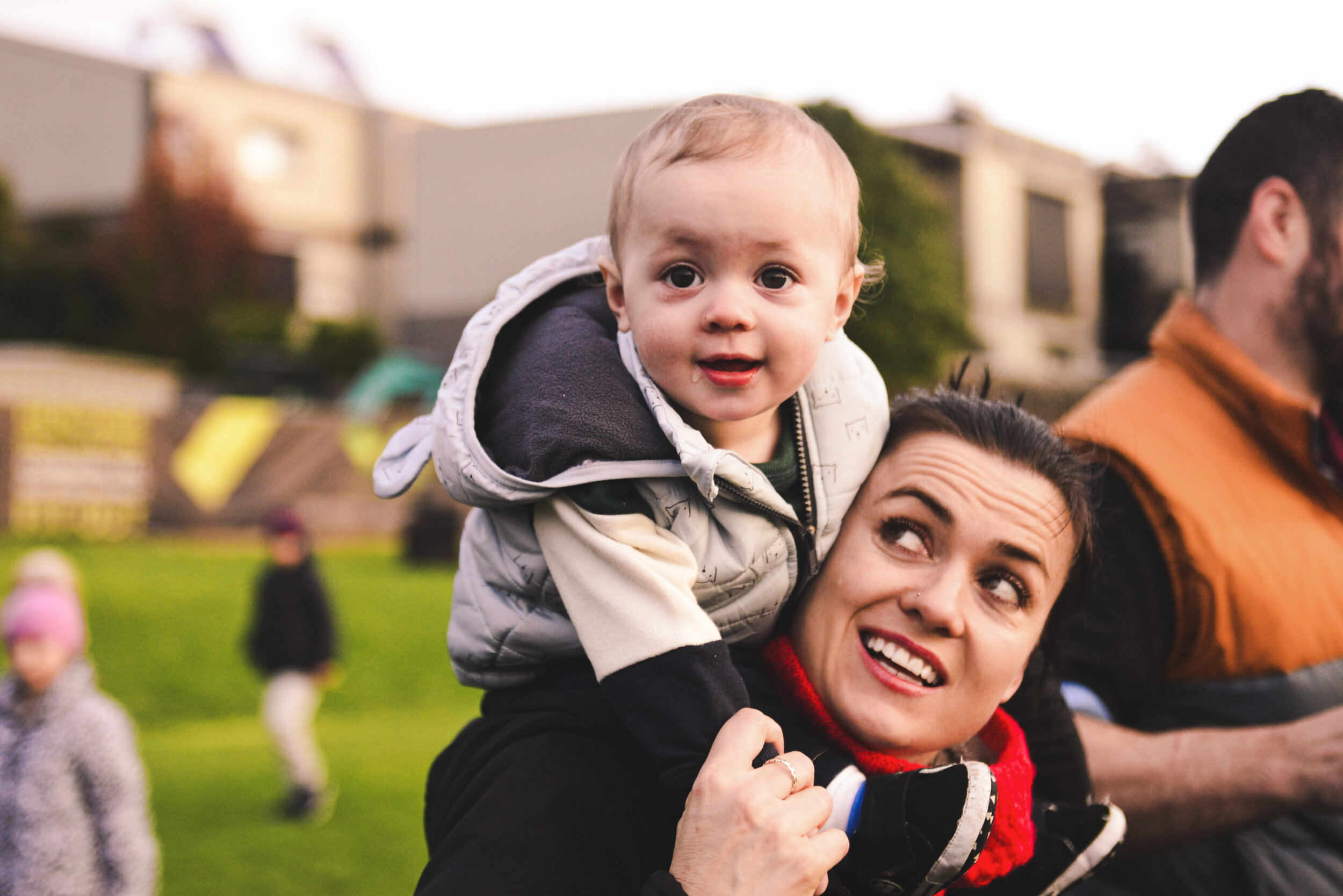Is it safe to run while I am pregnant?
This is a question we get asked a lot here at Optimus. Gentle exercise during pregnancy is really important (and safe) for you and your baby. Not only does it help you maintain the strength and fitness necessary to support your baby while pregnant and get through the delivery, but it also helps in maintaining a healthy weight and helps manage stress. The goal of exercising when pregnant is to maintain a good fitness level throughout pregnancy based on exercises YOU ARE USED TO but this is not the time to challenge your body to achieve new fitness targets.
But is running safe?
If you did not jog or run before you became pregnant, now is not the time to take it up. During pregnancy, your body produces the hormone relaxin, which loosens your joints. Due to the reduced stability of your joints while pregnant the increased load on your pelvis, hips and knees during running can make you more prone to injury. If you're not an experienced jogger, it is best to stick to other forms of exercise like walking, cycling or swimming for your cardiovascular workout.
However, if you are used to jogging YES, IT IS SAFE FOR YOU AND YOUR BABY!. Gentle to moderate jogging or running is fine to continue for as long as you feel comfortable. As your pregnancy progresses and your bump size increases you will naturally find yourself winding down the distance, time and intensity of your workout.
There are some things to consider though:
In the first trimester:
- Make sure you aren't pushing yourself too hard. Your should be able to comfortably carry on a conversation while running (1) .
- Make sure to stay well hydrated. Dehydration can reduce blood flow to your uterus (womb) and may even cause premature contractions.
- Don’t overheat! Choose to run at cooler times during the day to control your body temperature, wear sensible clothes, hydrate and don't push yourself too hard.
- Wear proper running shoes that are comfortable and provide plenty of support for your feet as this will help lessen the load on your pelvis, hips and knees as well.
In the second trimester:
- Be aware of pelvic floor dysfunction. See more on this below.
- Your balance may be compromised as your centre of gravity changes with your changing bump size so jog on the flat if you can to avoid a trip.
In the third trimester:
- Watch out for signs of overload on your back and pelvis, with aches and pains. As your baby bump size increases there will be more load and pressure on your low back or pelvis which may lead to aches and pains. This load will be increased by running and may exacerbate the issue.
Generally, listen to your body and watch out for any signs that you might be overdoing things!
Let’s talk about your Pelvic Floor…
Be aware of pelvic floor dysfunction. From the second trimester, the changes in your pelvis and uterus, as well as the increasing size of the baby, will mean there is progressively more stress on your pelvic floor muscles. This will be exacerbated while running. If you feel heaviness in your pelvic floor region during or after jogging or associated leaking this is a sign of pelvic floor stress and it is safer in the long term for your pelvic floor health to reduce or cease running.
When to stop!
Danger signs that you might be overdoing it include dizziness, heart palpitations, leaking from your vagina, nausea or vomiting, a sudden change in body temperature or swelling in your feet or hands. If you experience are of these symptoms you should see your doctor for clearance before continuing.
How can we help?
Got any questions about exercise or running while pregnant? Our physios can guide you on any pregnancy related issues or goals or work with you in conjunction with our strength and conditioning coaches can help tailor a program specifically for you. Book online or give us a call on 9913 8986.












